What is Passive Solar Heating & Cooling?
Passive heating and cooling of homes is not new. The above image is of Mesa Verde National Park, the Ancestral Puebloan cliff dwellings in Colorado, occupied from 700 to 1300 AD. This early North American settlement was shaded from the summer sun, but fully exposed to the sun in winter, which would heat the rocks and provide some warmth to homes.
While having a home rated by any performance scale or certified (like Passive House) is great as it draws attention to advanced home building techniques, this is not an elite club you that you should either commit to or feel excluded from.
Passive heating and cooling in homesis simply a matter of determining where the sun exposure is, and trying to capture and keep as much of that heat as you can in the winter while keeping it out in the summer. This may seem like a tall order, but the seasonal position of the sun conveniently serves this end. In the winter the sun is low and will reach far into your house, in summer it is high overhead and easy to keep out.

The first thing to understand is that there are two kinds of solar collection in home design - active and passive. An active solar home has an expensive array of panels; either photovoltaic for power generation or thermal solar for heat collection. Both are complicated systems that will likely include some moving parts that will eventually, without fail.... fail.
另一方面,被动式太阳能设计是简单的常识。只要找出太阳在哪里,把你的窗户对准它。你可以获得很多免费的热量,如果你合理规划遮阳,通过悬挑和窗户布局,你可以帮助它在夏天保持自然凉爽。If you then addhigh performance triple glazed Passive House certified windows, then they will be optimized to gain and retain the sun's heat.

Other shading techniques besides overhangs can be effective, for example using louvres over windows as seen in the image above. Building in close proximity to deciduous trees can offer shading in summer as well as heat in the winter after the leaves have fallen off.
Despite the time we spend opening and closing curtains to keep the sun out, interior blinds and curtains have very limited ability to prevent summer heat gain. Once the energy is in, it's in. They will heat up when exposed to the sun, that will warm the air between them and the glazing, which will then rise and draw cooler air from below. This natural process of air convection will distribute heat through your home. Blinds and curtains that are light in colour and reflective will offer more respite from the heat than materials that are dark or have matte surfaces.
Of course this is only the bare bones of passive heating and cooling, and you can obviously go further into it withbuilding envelope design, but it costs nothing to take the first step towards 'passive heating and cooling design which is just to think about it and in some capacity factor it in to your build.
对于新住宅的建设,人们常常担心在新建或翻新中增加隔热材料的数量会增加成本。Try to think ofthe right choice of insulation更像是省钱而不是花钱的东西。除了每月在公用事业上的节省和未来更大的转售价值,在绝缘上投入更多的钱意味着在供暖和制冷上投入更少。当然,在一定程度上,增加隔热层的成本将超过节省的成本,但这远远超出了《建筑规范》中规定的最低要求。
在家里有自然的热量和光线的输入意味着更好的生活质量,也有经济上的意义。不用花多少钱,甚至不用花钱,你就可以坐在开着加热器的黑暗房间里,享受明亮的阳光和免费的太阳热量。简而言之,这就是被动家居设计。而且你完全不用花一分钱。
So don't be intimidated or dissuaded by the implied requirements of rating systems; passive home design dates back thousands of years and can be applied to pretty much any building, making that building better.


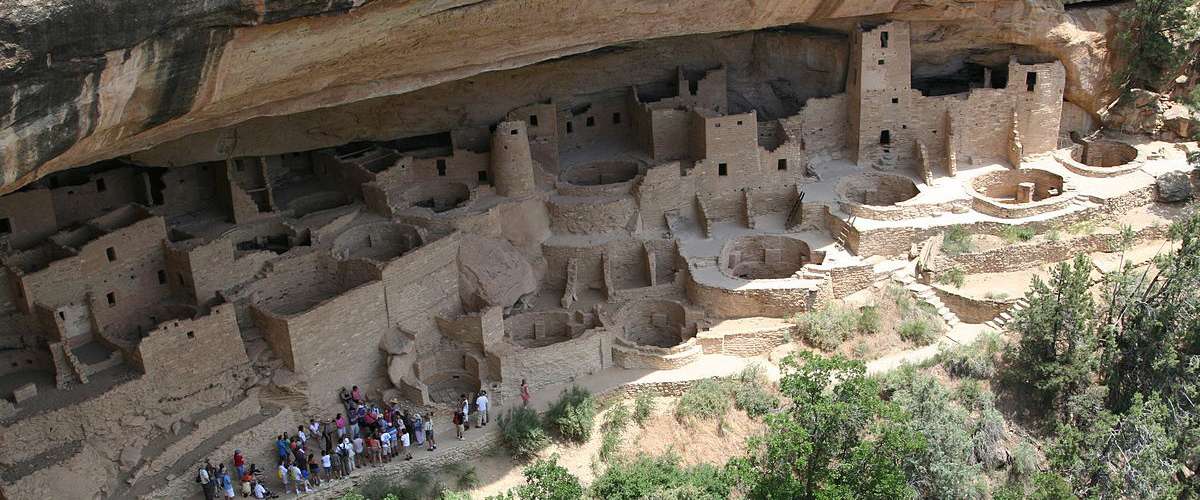















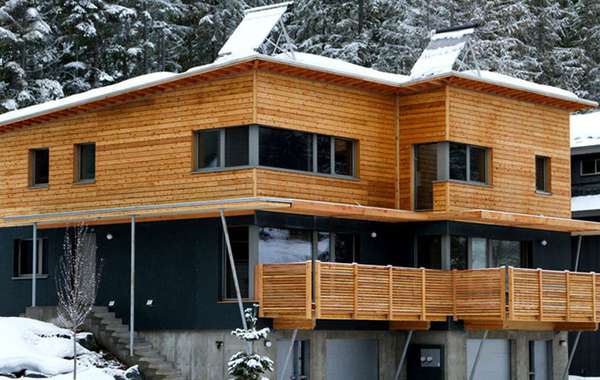
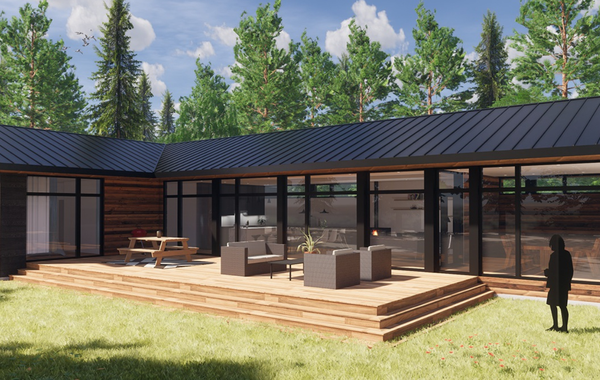
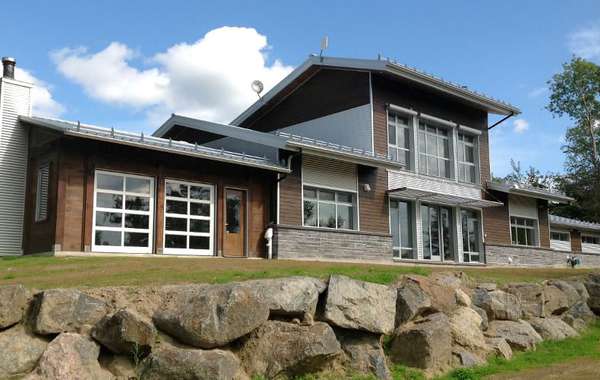
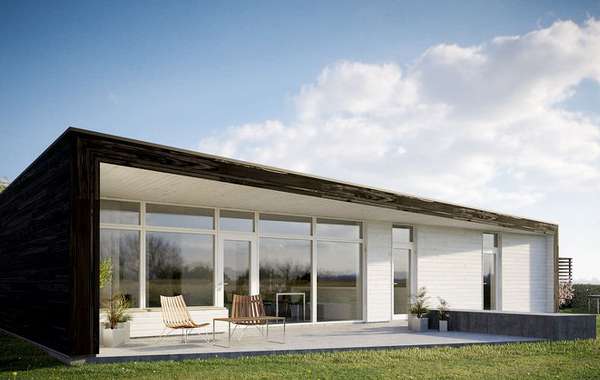
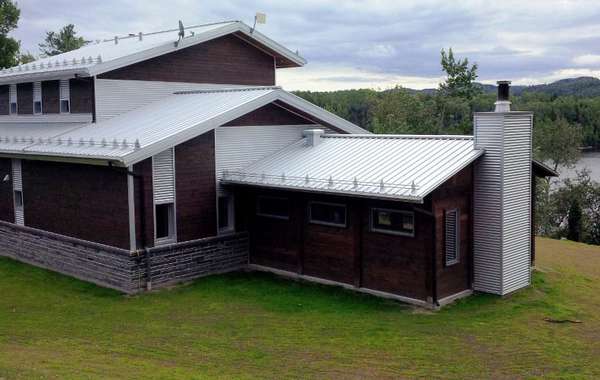
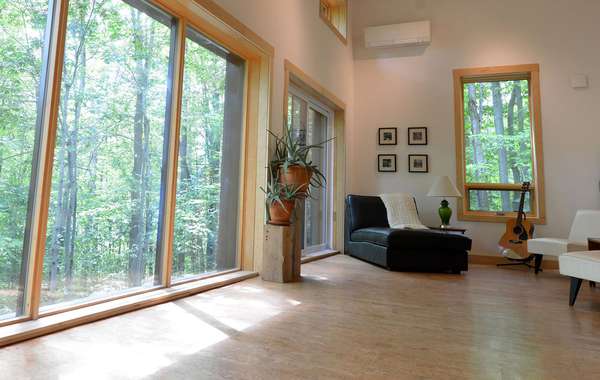
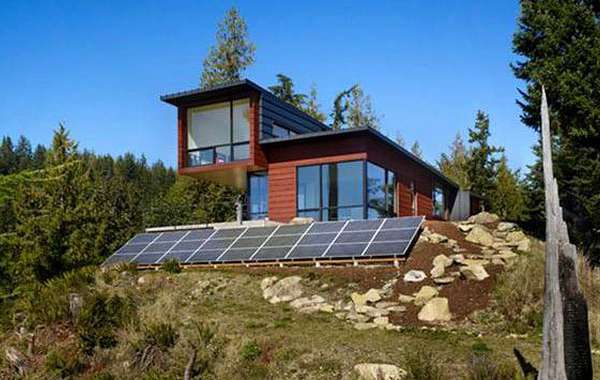
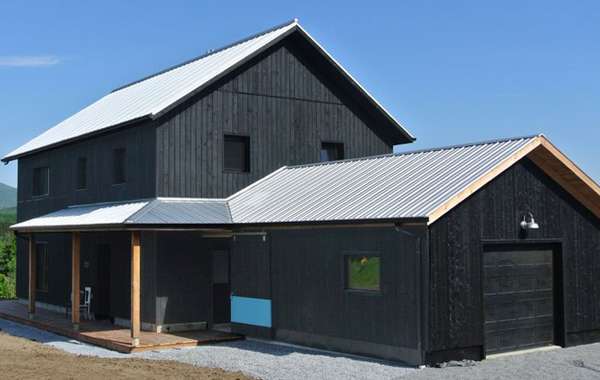
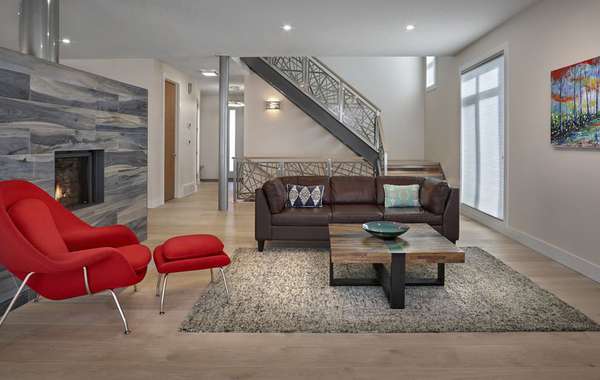
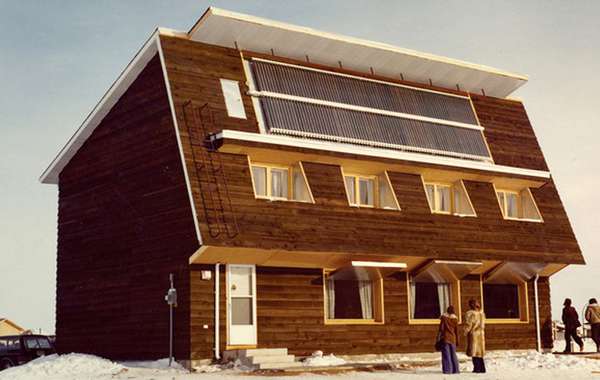
Comments (0)
Sign Up to Comment